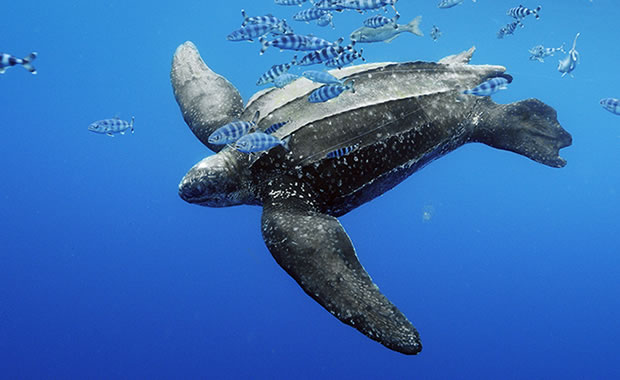Epimyrma spp. 

Creature Facts
Group:
Insects
Area(s) Where Listed As Endangered:
Algeria, Czech Republic, France, Georgia (Eurasia), Greece, Italy, Russia, Spain, Switzerland
Status/Date(s) Listed as Endangered:
| Scientific Name | Status | Listing Date | Range | |
| 1. | Epimyrma adlerzi | VU-IUCN | 1996 | Greece |
| 2. | Epimyrma africana | VU-IUCN | 1996 | Algeria |
| 3. | Epimyrma algeriana | VU-IUCN | 1996 | Algeria |
| 4. | Epimyrma bernardi | VU-IUCN | 1996 | Spain |
| 5. | Epimyrma corsica | VU-IUCN | 1996 | France |
| 6. | Epimyrma goridaghini | VU-IUCN | 1996 | Russia |
| 7. | Epimyrma kraussei | VU-IUCN | 1996 | Italy |
| 8. | Epimyrma ravouxi | VU-IUCN | 1996 | France |
| 9. | Epimyrma stumperi | VU-IUCN | 1996 | Switzerland |
| 10. | Epimyrma tamarae | VU-IUCN | 1996 | Georgia (Eurasia) |
| 11. | Epimyrma zaleskyi | VU-IUCN | 1996 | Czech Republic |
Species/Common Names:
| Epimyrma adlerzi |
| Epimyrma africana |
| Epimyrma algeriana |
| Epimyrma bernardi |
| Epimyrma corsica |
| Epimyrma goridaghini |
| Epimyrma kraussei |
| Epimyrma ravouxi |
| Ravoux's Slavemaker Ant |
| Epimyrma stumperi |
| Epimyrma tamarae |
| Epimyrma zaleskyi |
Facts Summary:
Epimyrma is a genus of insects of concern and found in the following area(s): Algeria, Czech Republic, France, Georgia (Eurasia), Greece, Italy, Russia, Spain, Switzerland.
Epimyrma spp. Facts Last Updated:
January 1, 2016
January 1, 2016
To Cite This Page:
Glenn, C. R. 2006. "Earth's Endangered Creatures - Epimyrma spp. Facts" (Online). Accessed 5/16/2024 at http://earthsendangered.com/profile.asp?sp=10396&ID=6.
Glenn, C. R. 2006. "Earth's Endangered Creatures - Epimyrma spp. Facts" (Online). Accessed 5/16/2024 at http://earthsendangered.com/profile.asp?sp=10396&ID=6.
Need more Epimyrma spp. facts?

Custom Search


